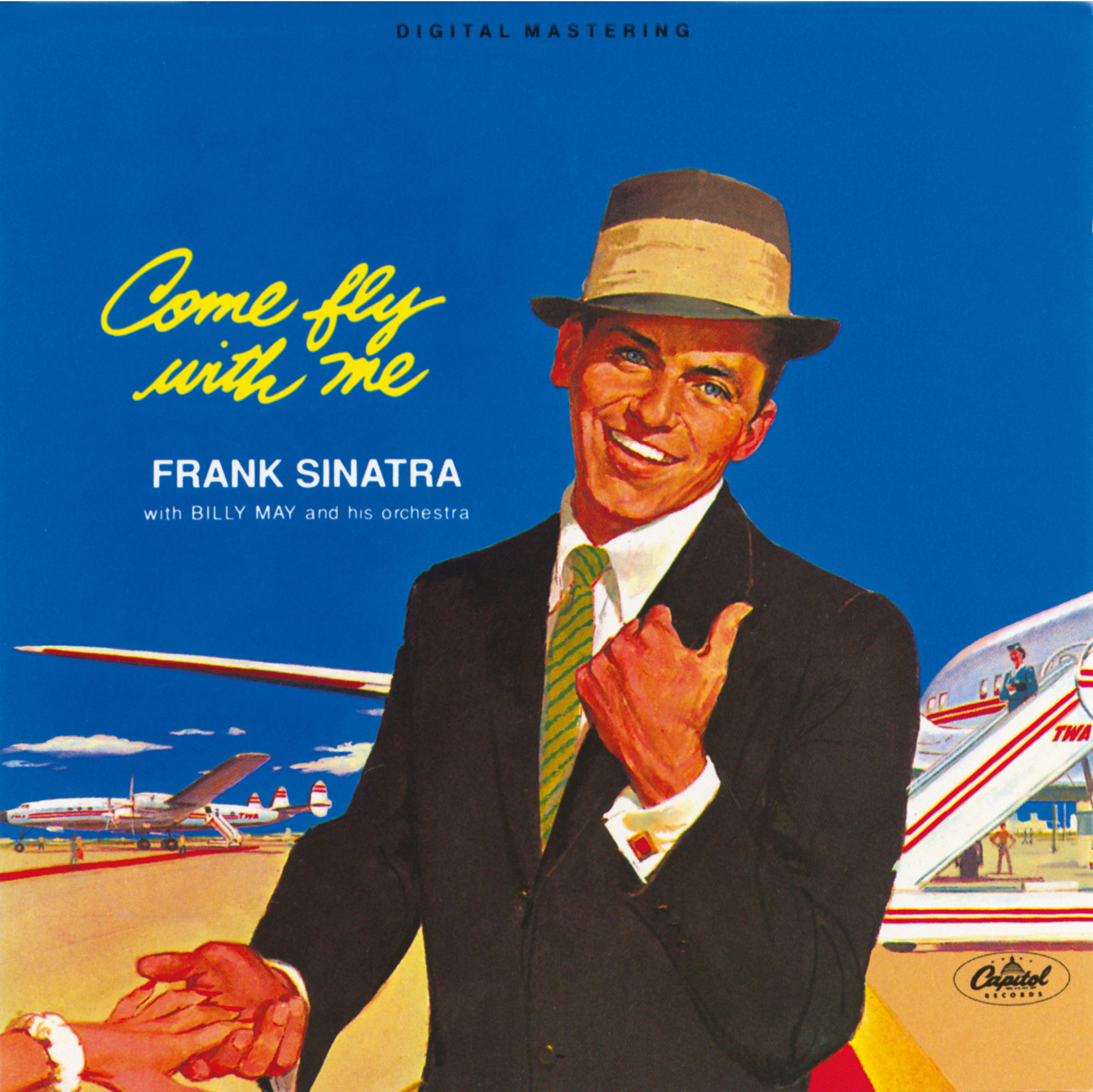Tom’s Hat
Style, not styles
Jeff Dolven
This contribution to Cabinet’s “24 Hours” issue was completed on a flight from LAX to JFK in 4 hours, 48 minutes.

I know a man Tom who has a hat. I don’t know him well, so some of what follows will be conjecture, but I did get a good look at the hat. It’s a nifty blue number, straw, with a dented crown and a narrow brim, the brim turned up at the back and down in the front to make a shallow visor. Where is it from? Who manufactured it? I’m not sure; I didn’t get a look inside. But I did cop a feel while it lay on the table beside us. (Tom’s manners are unfussy but sure, and he doesn’t wear the hat indoors.) The straw is surprisingly supple, almost like felt. Around the base of the crown runs a narrow band of fabric, with horizontal stripes in contrasting colors, browns and oranges.
It’s the kind of hat that I believe is called a trilby. Trilbies these days mostly pass as fedoras, a label that has become a catchall, but the brim of a trilby is narrower and more steeply raked, back to front. The trilby has some currency in Brooklyn and in LA (where Tom lives), and in plenty of other places where they dream of Brooklyn and LA. The more stylized versions—the brim very narrow, the rake very steep, the whole hat worn a little small and high on the head—are self-consciously hip. Tom’s is more relaxed, more like the trilby of the 1950s that was a favorite of Frank Sinatra’s. It might have been made recently or it might just be well taken care of, an LA hat like an LA car that doesn’t see much rain. If I’m right about the name, it has a long history, back to the first London production of a play called Trilby—an adaptation of George DeMaurier’s 1894 novel about Trilby O’Farrell, a half-Irish working-class artist’s model and laundress in the Bohemian Paris of the 1850s. Apparently, the hat was worn by the actress who played her.
The trilby comes from all those times, the 1890s, the 1950s, the 2000s. (And others: Chiang Kai-shek wore one too, before it was ousted by Mao’s revolutionary caps.) When Tom got up to leave, it rode out the door over his blue cotton shirt, a shirt with an open collar and some colorful stitching down the front, untucked over tan slacks. A shirt you could have seen a lot of in the 1970s? Perhaps: my eye for these things is not actually so good, my curiosity notwithstanding. But it wasn’t out of date, and it paired well with the hat. Tom himself must be in his seventh decade, with a thick brush of white hair that needs no covering. He would have come of age in the 1960s, just as President Kennedy was giving the nation’s men permission to leave their hats at home. I don’t know if Tom held onto his hat then in spite of the decade’s drift, or if he came later to the whole hat business.